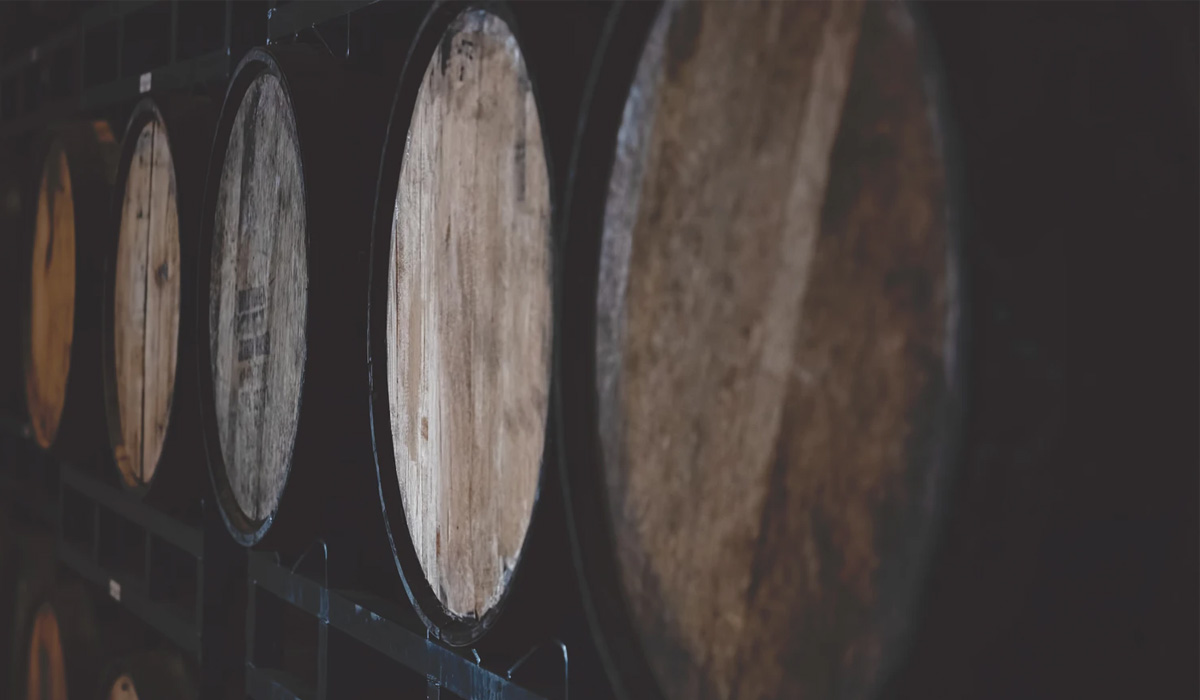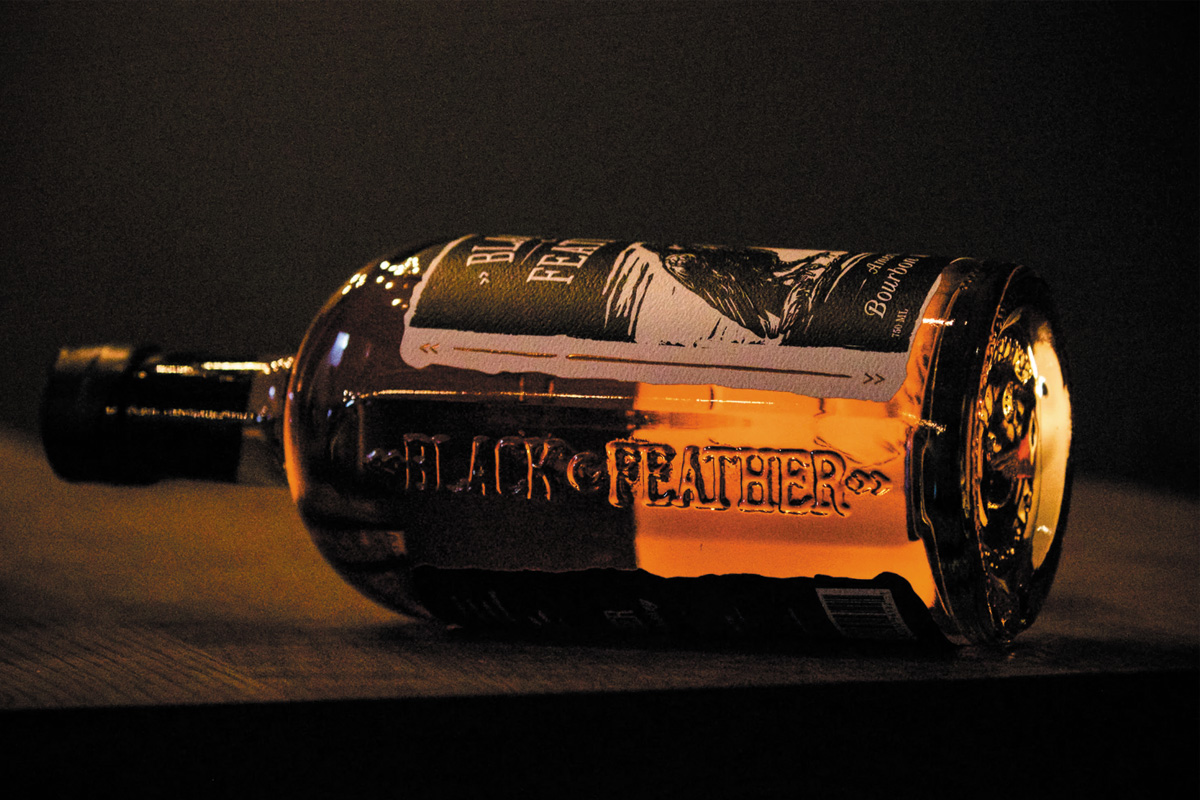Fake Whiskey? Really? In the age of fake news, fake profiles, and deep fakes, it’s no surprise that counterfeit whiskey, especially single malt scotches, has been on the rise. The current global pandemic caused an explosion, presumably from home-bound high-end whiskey aficionados seeking tasty diversions.
Physicists at the University of St. Andrews in Scotland recently developed a laser that can test the authenticity of fine scotch whiskey without ever opening the bottle, potentially paving the way to eradicating this crime against humanity. What a gut punch it must be to invest hard-earned funds for a high-end whiskey, save it for a worthy occasion, and then find out that it is an imposter. Indeed, the “whiskey laser” deserves efforts of the highest order.
Is Fake Whiskey a Problem?
A 2018 study used radioactive carbon dating to test 55 randomly chosen whiskey bottles from auctions, private collections, and retailers. Incredibly, 21 of them were outright fakes or had a falsified year of distillation.
Ten of these fakes were labeled as single-malt scotches from 1900 or earlier, prompting Rare Whiskey 101 co-founder David Robinson to declare, “It is our genuine belief that every purported pre-1900 bottle should be assumed fake until proven genuine, certainly if the bottle claims to be a single-malt Scotch whiskey.”
So yes, 21 out of 55 signals a problem.

Aren’t There Ways of Detecting Fake Whiskey Already?
The University of Glasgow developed an “artificial tongue” that can discern between different brands of whiskey. It uses gold and aluminum nano-metal particles and measures their response to light, which changes when contacting specific chemicals in liquids.
The University of Tennessee’s Institute of Agriculture uses gas-chromatography-mass-spectrometry and gas-chromatography-olfactometry to differentiate between Tennessee whiskey’s incredibly complex aroma-active compounds responsible for the distinctive flavor profiles.
But as high-tech as these methods are, they still require pouring the whiskey from the bottle, which does not help the prospective buyer.
Enter the “Whiskey Laser”
The St. Andrews physicists have cracked the code; their latest paper describes an ingenious method to overcome lasers’ issues penetrating the glass in bottles. These potential saviors of whiskey connoisseurs form the laser light into a ring instead of a beam, suppressing the noisy signal produced by the glass. A cone-shaped lens focuses the circle of light on the glass; the glass then refocuses the light into the whiskey in the bottle.
This workaround allows using lasers to test the authenticity of whiskey without sacrificing a single precious drop. And the same technology can be used to scrutinize gin and vodka as well.
Maybe we do not always drink expensive single-malt Scotch. But potentially, we will be guaranteed that it’s the real deal before we lay down our cash in the future. We will drink to that.
Related articles on Improb:
Best Single Malt Scotches under $100
Best Scotch Whiskeys under $250
Source: It’s now possible to detect counterfeit whisky without opening the bottle – Ars Technica



